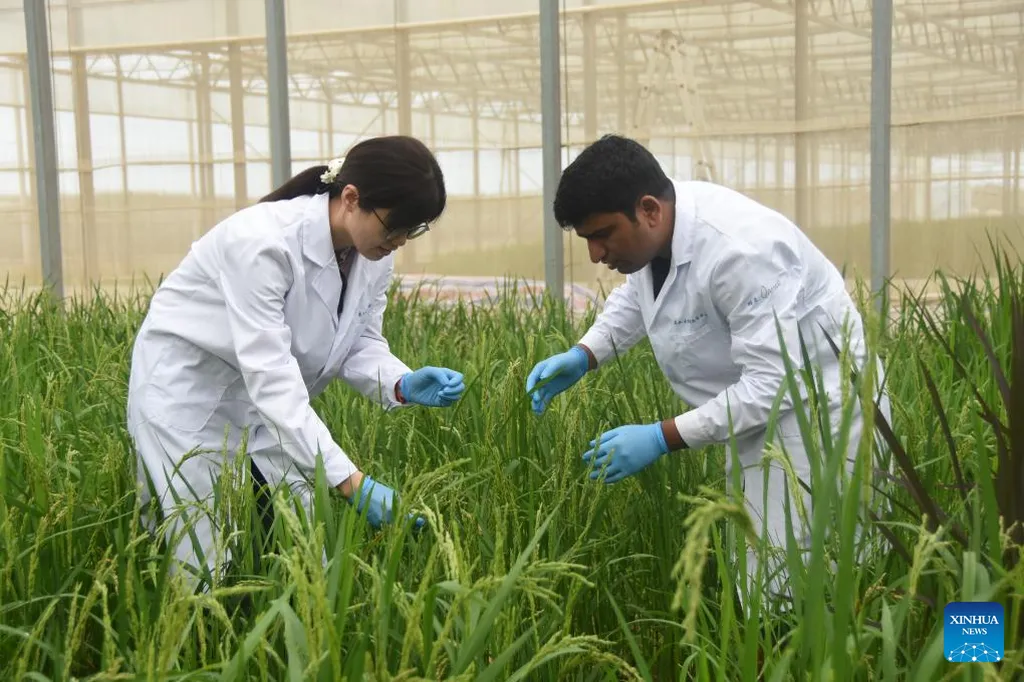In the heart of Pakistan, at the National Institute of Food Science and Technology, University of Agriculture in Faisalabad, researcher Summaia Fordos is leading a charge to revolutionize how we extract and utilize saponins, a group of bioactive compounds found in a wide array of plants and marine organisms. Her recent review, published in the journal ‘Applied Food Research’ (or ‘مجلة أبحاث الأغذية التطبيقية’ in Arabic), is shedding light on the remarkable potential of these compounds, not just for health and agriculture, but also for the energy sector.
Saponins, known for their amphipathic nature, have long been recognized for their biological activities, including anti-inflammatory, anti-tumor, and antioxidant properties. However, traditional extraction methods have often been inefficient and environmentally unfriendly. Fordos and her team are championing a shift towards sustainable extraction techniques, such as ultrasound-assisted extraction, microwave-assisted extraction, supercritical fluid extraction, and deep eutectic solvent extraction. These methods not only improve yield and purity but also reduce environmental impact.
“The transition to sustainable extraction methods is not just a trend; it’s a necessity,” Fordos asserts. “It’s about meeting our current needs without compromising the ability of future generations to meet theirs.”
The implications for the energy sector are profound. Saponins can act as biosurfactants, enhancing oil recovery and aiding in bioremediation. They can also reduce greenhouse gas emissions, contributing to a cleaner energy future. “We’re talking about a compound that can potentially make energy production more efficient and environmentally friendly,” Fordos explains. “That’s a game-changer.”
Beyond energy, saponins are making waves in the food industry as natural preservatives and emulsifiers, in cosmeceuticals as skin-friendly cleansers and anti-aging agents, and in agriculture, where their anti-fungal and immunomodulatory properties protect crops. Their ability to enhance vaccine efficacy and drug bioavailability is also opening new avenues in the health sector.
This review consolidates current knowledge on saponin biological activities, extraction technologies, and diverse applications, highlighting new opportunities for developing sustainable, multifunctional bioactive compounds. As Fordos puts it, “We’re at the cusp of a saponin revolution. The potential is immense, and the possibilities are endless.”
The research conducted by Fordos and her team is not just about understanding saponins; it’s about harnessing their power to shape a sustainable future. As we stand on the brink of this saponin revolution, one thing is clear: the humble compound is poised to make a significant impact across multiple sectors, from health and agriculture to energy and beyond. The future of saponins is not just promising; it’s here, and it’s sustainable.

